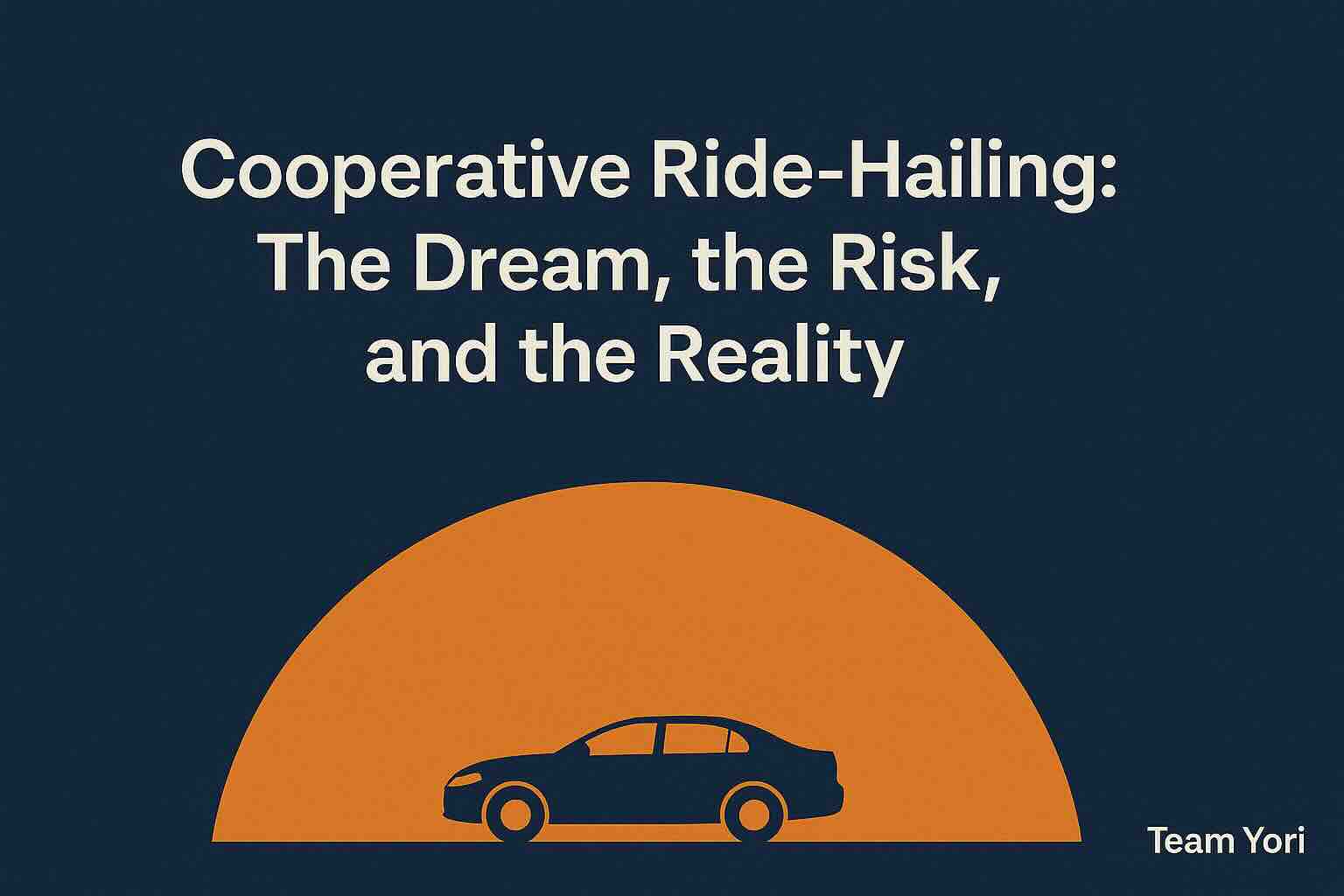
Cooperative Ride-Hailing: The Dream, the Risk, and the Reality
India’s ride-hailing landscape is shifting again. The arrival of Bharat Taxi—a cooperative-backed mobility platform—signals a new wave of experimentation. On paper, the idea looks noble: democratize profits, empower drivers, and challenge incumbents. But the real question for investors is simple: can a cooperative model scale in a market that runs on speed, tech precision, and customer trust?
Cooperative experiments in mobility have appeared across regions, but many faded because the unit economics of real-time logistics demand ruthless operational efficiency, advanced dispatch algorithms, and constant reinvestment in technology. Sentiment doesn’t route a driver in 200 milliseconds—systems do.
The Promise vs. The Execution
Cooperatives excel at inclusion but often struggle with velocity. Decentralized decision-making sounds fair yet risks paralysis when demand patterns, fuel costs, or regulatory rules shift overnight. Ride-hailing is a high-velocity domain where seconds matter, prices fluctuate dynamically, and safety and reliability drive retention.
Customer risks to watch: inconsistent service quality, slower ETAs during peak demand, unclear accountability in a many-owners structure, and potential gaps in data security, regulatory compliance, and grievance redressal. In mobility, weak governance eventually shows up as churn, CAC inflation, and LTV compression.
This could end up being yet another ride-hailing app with bloated interfaces, poor customer service, multiple disturbing notifications, and no real value to users—only added confusion. Customers are still king. There was a time when cooperative and union-run taxi services dominated the system, and passengers had very little choice despite being the needle mover—the one who actually paid. Is this a step backward? Will customers start suffering again under rigid, slow-moving models that prioritize structure over service? And if this experiment flops, will it hand back even more power to giants like Uber to increase their already high commissions?
The launch of Bharat Taxi was sensational, no doubt, but there was little discussion of customer benefits. The real winners in mobility will always be those who innovate for the rider—who can promise reliability, fairness, and simplicity, not bureaucracy.
The Investor Lens
Backing a homegrown, cooperative alternative is emotionally compelling. But durable outcomes come from dispatch accuracy, mapping fidelity, fraud prevention, driver liquidity, and pricing logic that can sustain contribution margins at scale. Without deep tech, operational rigor, and multi-service integration, a cooperative model risks becoming a feel-good headline rather than a compounding business.
Where Yori Differs
Yori is building a lean superapp—rides, food, shopping, and services in one ecosystem—engineered for efficiency and clarity. We prioritize lean execution over bloat, transparent commissions, and globally adaptable infrastructure (currencies, languages, and compliance) with uncompromising UX consistency. Our thesis: combine ethical economics with centralized, accountable governance and world-class systems that don’t crack under real-world load.
The Bigger Picture
India doesn’t need another fragmented player. It needs a platform that merges the ethics of cooperatives with the scalability of modern tech. Yori is designed for that intersection. The cooperative wave will spark conversation—and that’s good. But conversations don’t create returns. Execution does.